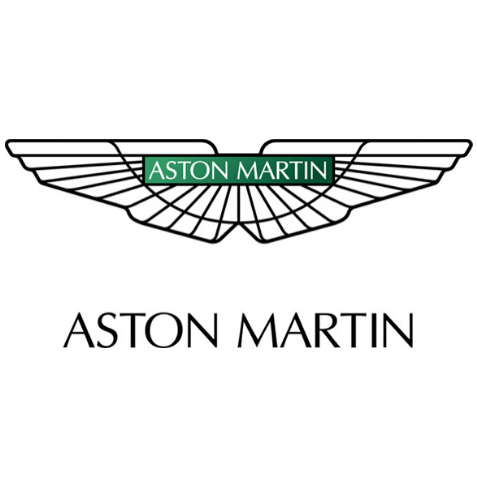1957 Aston Martin DBR-2

The descriptions of the Classic Cars in the Directory were partly generated or supplemented with the help of artificial intelligence (AI). The content may occasionally not always be entirely accurate or factually correct despite careful checking.
The Aston Martin DBR-2 1957 is a classic racing car that was designed to compete in some of the most prestigious endurance races of the era. Built by the British manufacturer Aston Martin, the DBR-2 1957 is a stunning example of the company's commitment to creating high-performance and visually striking sports cars.
The DBR-2 1957 features a lightweight tubular space-frame chassis, which is an innovation in itself. This was a significant improvement over the welded sheet metal construction used by many other manufacturers at the time. The suspension and brakes on the DBR-2 1957 were also state-of-the-art for its time, with double wishbone suspension at the front and rear, and four-wheel disc brakes that provided excellent stopping power.
Under the hood of the DBR-2 1957 is a 3.7-liter inline-six engine that was derived from Aston Martin's previous racing car, the DB3S. This engine was fitted with a twin-spark ignition system, triple Weber carburetors, and produced an impressive 251 horsepower, which was sent to the rear wheels via a four-speed manual transmission.
One of the most striking features of the DBR-2 1957 is its aerodynamically efficient body design. The car has a sleek, low-slung profile with a long hood and a wrap-around windshield. The curved front and rear fenders, along with the pronounced tail fins, help to direct airflow over and around the car, reducing drag and providing additional downforce.
The DBR-2 1957 competed in some of the most challenging endurance races of its time, including the 12 Hours of Sebring and the 24 Hours of Le Mans. During its racing career, it was driven by some of the most famous sports car drivers of the era, including Carrol Shelby and Stirling Moss.
Overall, the Aston Martin DBR-2 1957 is a beautiful and technically advanced racing car that represents the pinnacle of British sports car engineering in the late 1950s. Its impressive performance and stunning design are a testament to Aston Martin's commitment to creating high-performance cars that could compete with the best in the world.
Milestones
- 1957: Development of the Aston Martin DBR-2 racing car begins - May 25, 1957: DBR-2 makes its racing debut in the Nürburgring 1000km race, but retires due to mechanical issues. - June 9, 1957: DBR-2 wins the Zandvoort Grand Prix driven by Roy Salvadori. - July 13, 1957: DBR-2 finishes in third place in the Reims 12 Hour race, driven by Tony Brooks and Noel Cunningham-Reid. - August 3, 1957: DBR-2 scores a one-two finish at the Goodwood Tourist Trophy, with Tony Brooks and Reg Parnell winning and Roy Salvadori and Carroll Shelby coming in second. - August 17, 1957: DBR-2 wins the RAC Tourist Trophy at Dundrod, driven by Tony Brooks and Reg Parnell. - September 15, 1957: DBR-2 finishes in second place in the Daily Express International Trophy race at Silverstone, driven by Roy Salvadori. - September 28, 1957: DBR-2 wins the Goodwood 9 Hour race, driven by Roy Salvadori and Carroll Shelby, setting a new lap record. - 1958: DBR-2 is upgraded to DBR-3 specification with changes to the engine and suspension. - 1962: Last known race of a DBR-2, driven by John Ogier and Peter Bolton in the Guards Trophy race at Brands Hatch.Technical
- Production: 1957-1959 - Engine: 3.7L straight-six - Power: 252 horsepower - Top speed: 160 mph (257 km/h) - Acceleration: 0-60mph in 5.7 seconds - Transmission: 4-speed manual - Brakes: Disc brakes on all four wheels - Suspension: Independent front suspension with coil springs and live rear axle with trailing arms and Panhard rod - Wheelbase: 87 inches (2,210 mm) - Curb weight: 1,950 pounds (885 kg) - Body style: Open two-seater roadster with aluminum bodywork - Fuel capacity: 20 gallons (76 liters) - Production numbers: Only two were built. One was used for racing and the other was a show car.